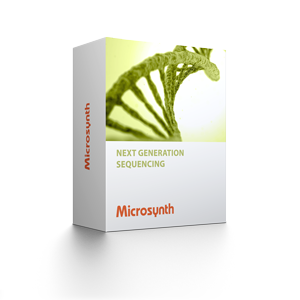
Back to top
Genomic Epidemiology Analysis

From isolate to insight – uncover resistance, virulence, and strain identity.
Our genomic epidemiology services harness whole genome and metagenomic sequencing to identify bacterial strains, detect resistance and virulence genes, explore microbial communities, and analyze genetic variation such as SNVs and InDels.
What You Can Achieve
- De novo genome assembly and gene annotation
- Comprehensive screening for resistance, virulence, and mycotoxin genes
- Strain typing using MLST or cgMLST
- Detection of single nucleotide variants (SNVs) and insertions/deletions (InDels)
- Functional interpretation of genomic variation
Before You Start
We support your project from design to data interpretation. Consider these key points:
- Is a reference genome available for your organism?
- Are MLST profiles established for this species?
- Do you expect large structural variants or rearrangements?
- Could contamination or complex microbial communities be present?
- Are there specific resistance or virulence genes you wish to track?
Modular Workflow
Outsource the entire workflow—or select specific modules. Our process is designed for flexibility. Typical workflow steps include:
Bioinformatic Analysis
Gain actionable insights across all key aspects of genomic epidemiology:
Strain Relationship & Typing
- What is the phylogenetic relationship to known strains?
- What MLST or cgMLST profile does the isolate match?
Resistance, Virulence & Mycotoxins
- Which functional genes are present in the genome?
Variant Analysis
- What SNVs and InDels are detected, and what are their predicted effects?
Microbial Community Profiling (if applicable)
- What species or strains are present, and in what abundance?
Gene Discovery
- Are novel genes present that share homology with known protein families?
You receive comprehensive raw and processed data along with visual summaries—ready for downstream research or publication.
Turnaround Time
- 20 working days for sequencing
- +5 working days for full analysis
- Express service available upon request
Sample Requirements
- Buffer recommendation: 10 mM Tris-HCl (pH 7.5–8.5)
- Important: Avoid any buffers containing EDTA >1mM
- DNA quantification: Use fluorometric methods (e.g., PicoGreen®, Qubit®)
Minimum Input for Illumina Libraries
| Library Type | Amount (µg) | Concentration (ng/µl) |
| DNA for Illumina Tagmentation | >0.075 | >2 |


